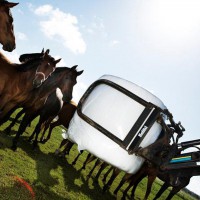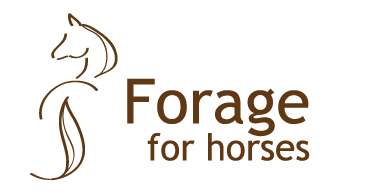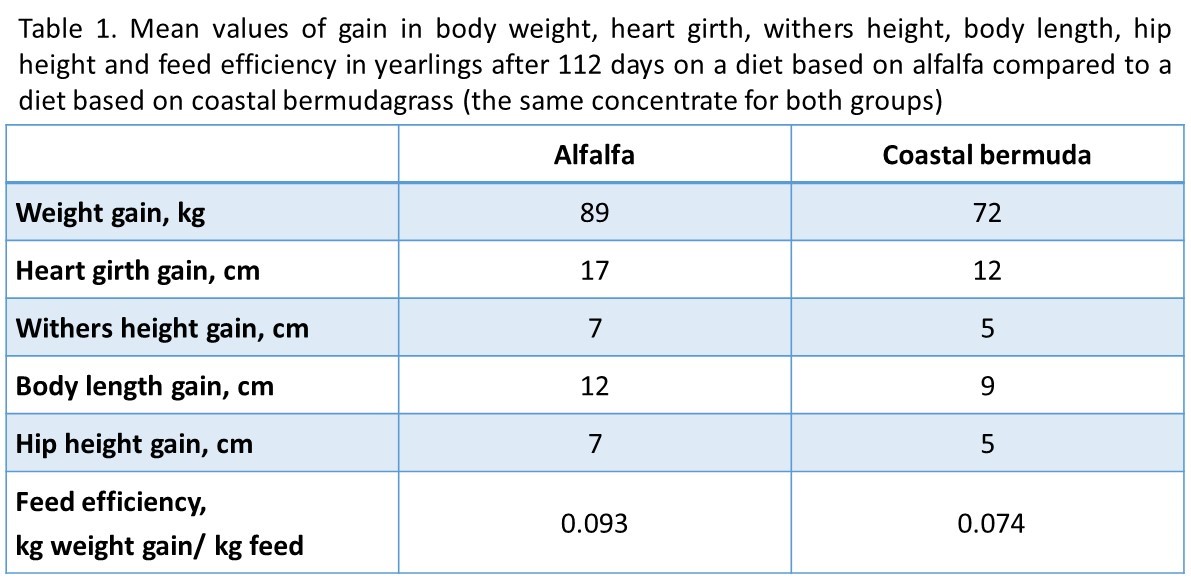Growth and development in yearling horses

An American study at the University of Florida investigated growth and skeletal development in yearlings fed two different forages, alfalfa (Medicago sativa) and coastal bermudagrass (Cynodon dactylon) hay. 8 thoroughbreds and 7 quarterhorse yearlings, 346 ± 8 days old, were used in this study and they were assigned at random (within breed) into two groups. One group was fed alfalfa + concentrate and the other group was fed coastal bermudagrass + concentrate (the same concentrate for both groups). The alfalfa diet implied a greater daily intake of crude protein, lysine and calcium than the coastal bermuda diet; crude protein: 1320g vs. 896 g, lysine: 59.5 g vs. 37.1 g, calcium: 75.4 g vs. 48.7 g.
The yearlings fed the alfalfa diet increased in body weight by 0.80 kg per day, while the yearlings fed the coastal bermuda diet increased by 0.64 kg per day which was significantly lower. After 112 days the yearlings on the alfalfa diet had increased more in body weight, heart girth, withers height, body length and hip height (Table 1). On the alfalfa diet the yearlings also had higher feed efficiency, e.g. they had higher weight gain per kg feed (Table 1).
In addition radiographs of the third metacarpal were taken and an evaluation of the horses bone mineral content performed, which showed no difference in bone mineral content between the two diets. The conclusion was that both diets were adequate to sustain normal bone mineral deposition.
In conclusion, alfalfa is a legume with high protein and calcium content and is an excellent forage for feeding growing horses. Regardless of which type of forage we use it is important to survey the protein content and make sure the growing horse is provided with adequate amounts of protein.
Sara Muhonen, AgrD

